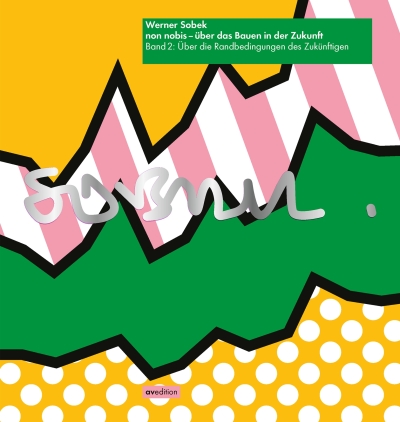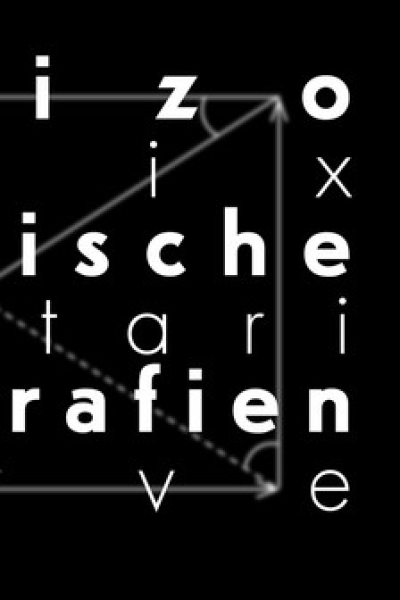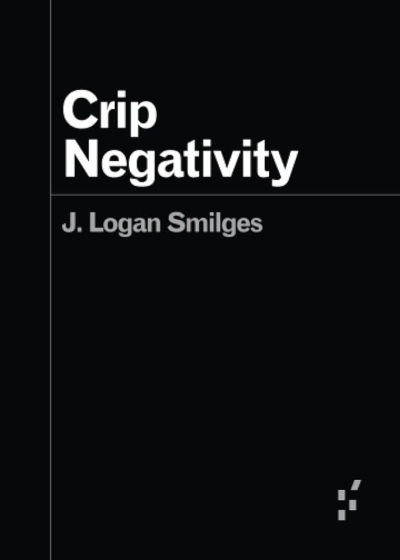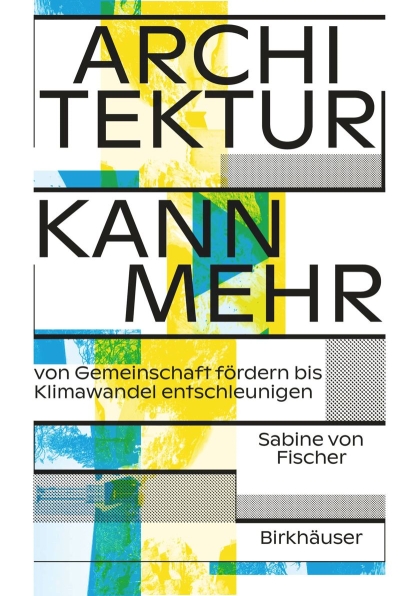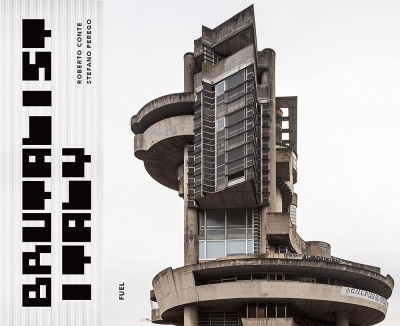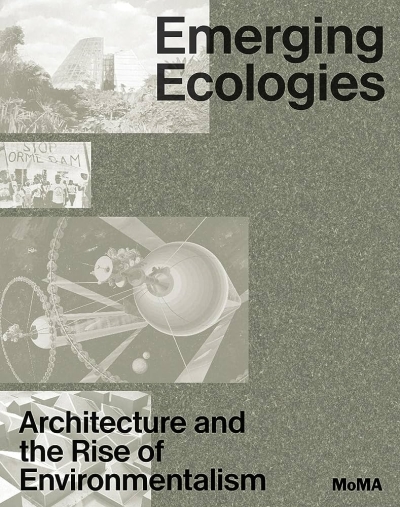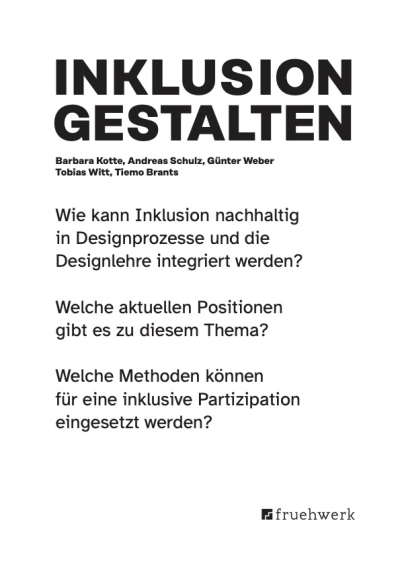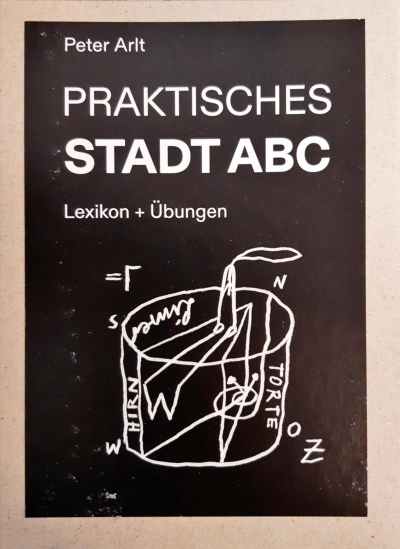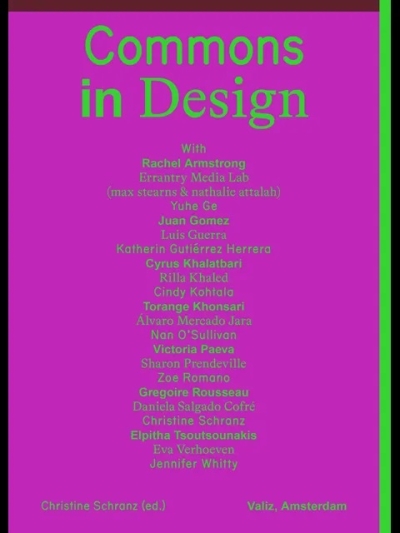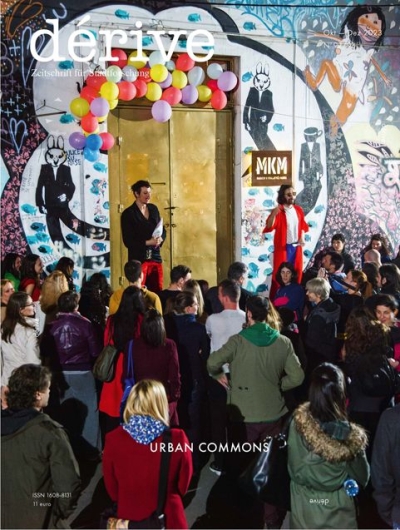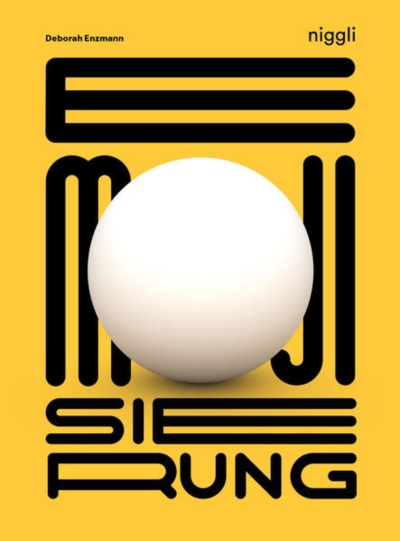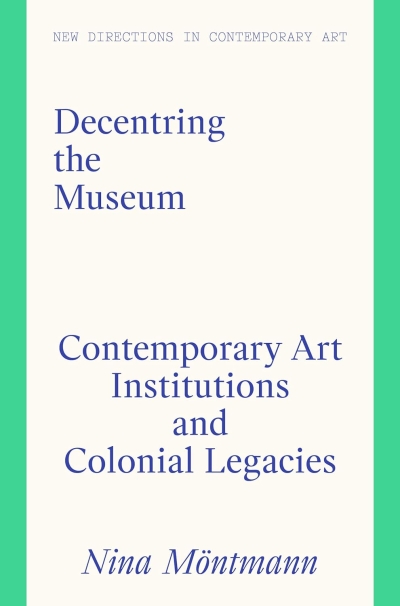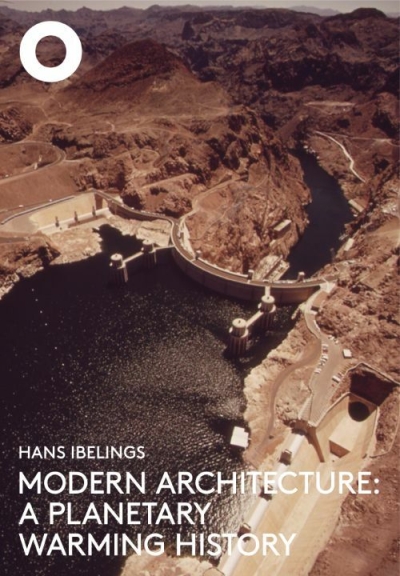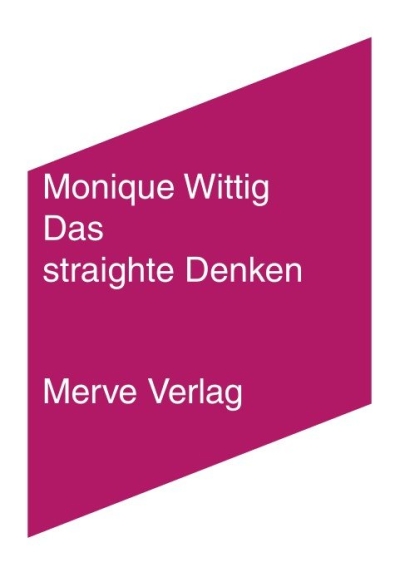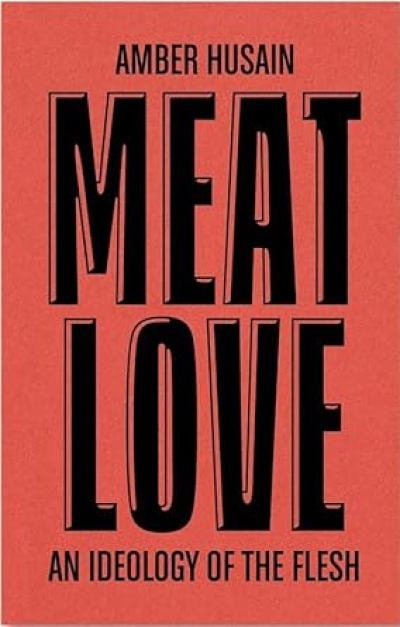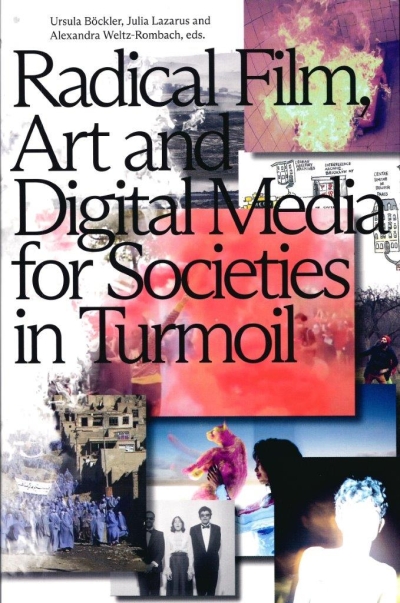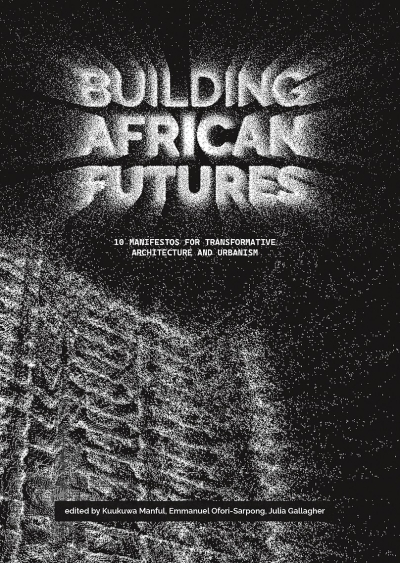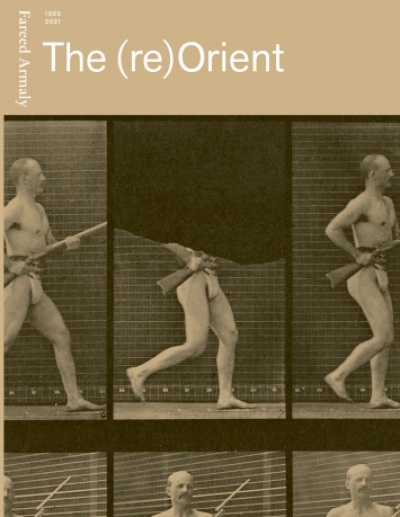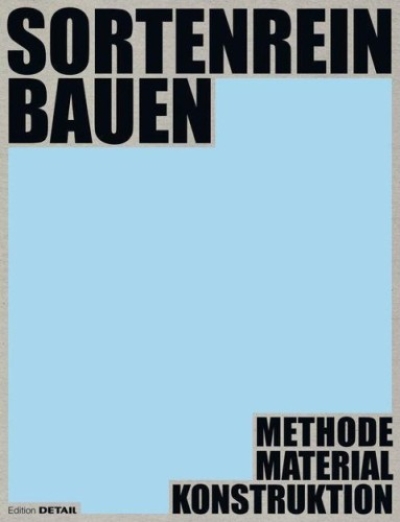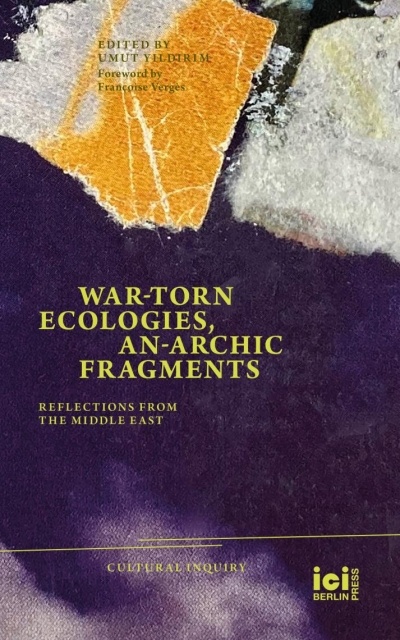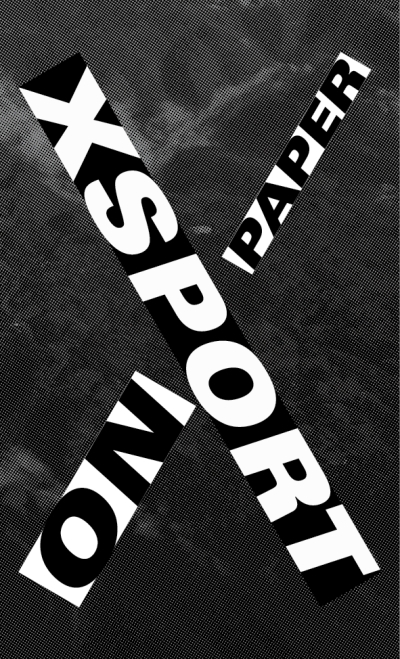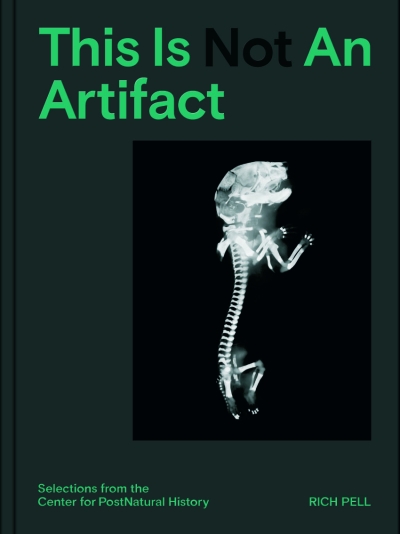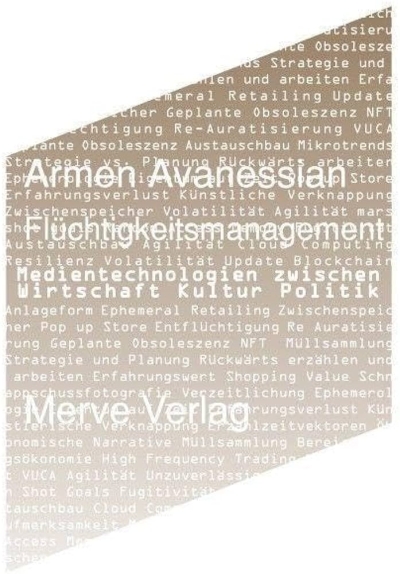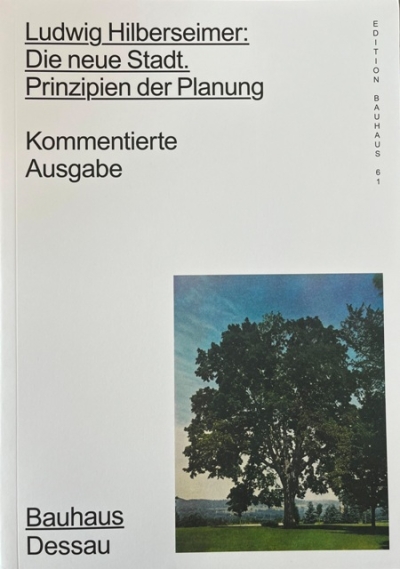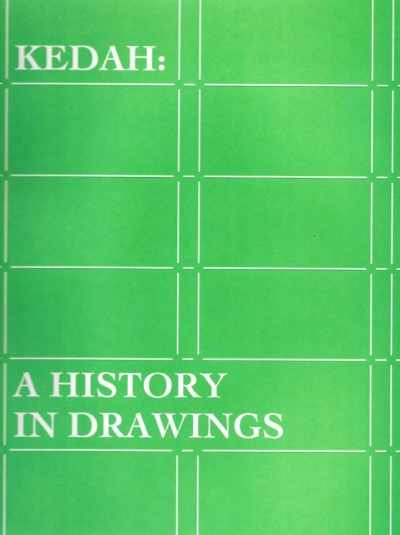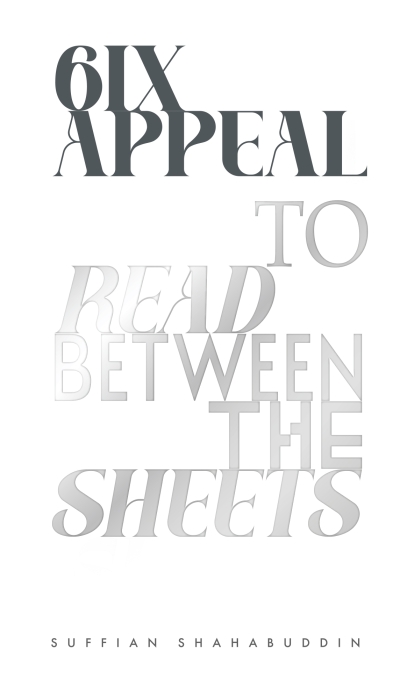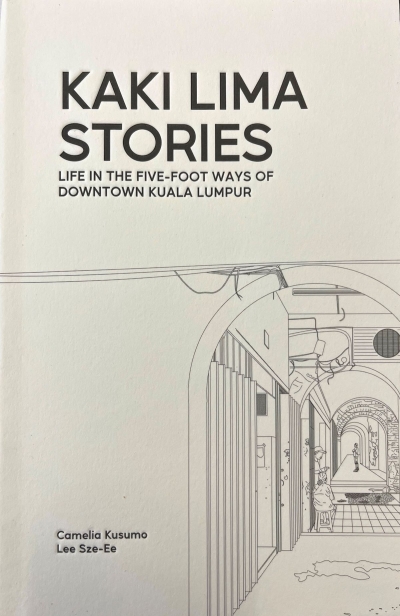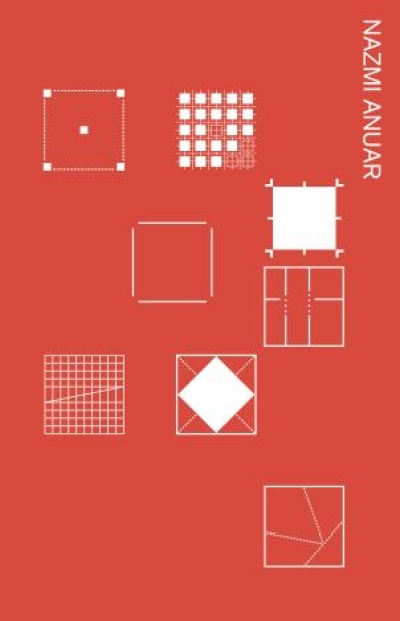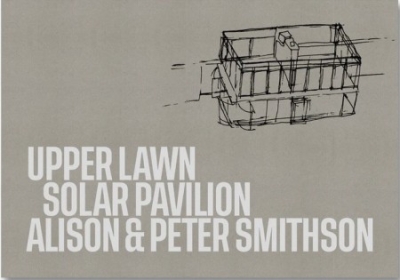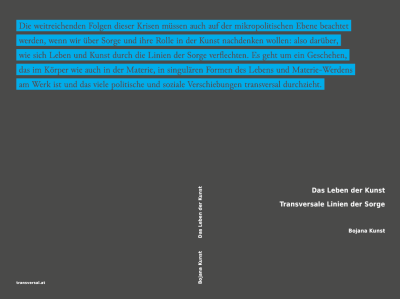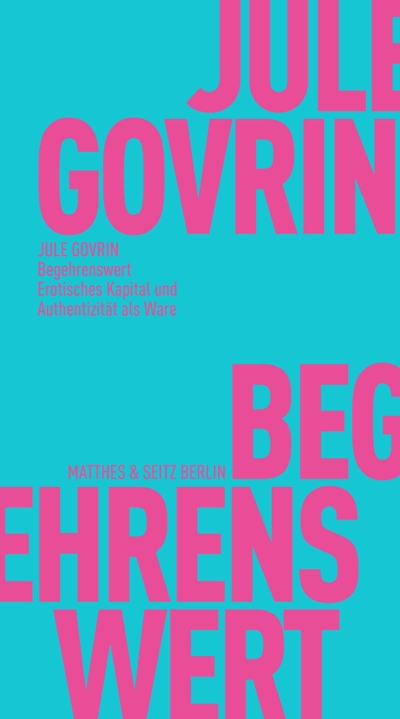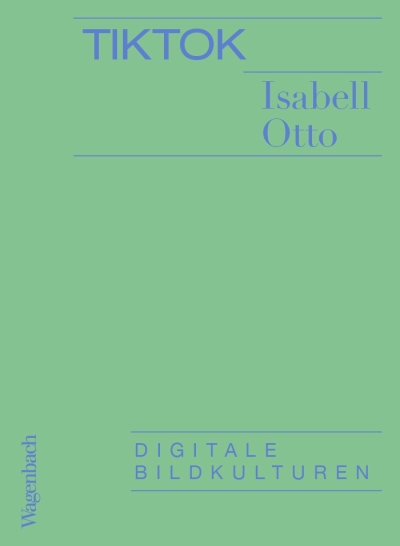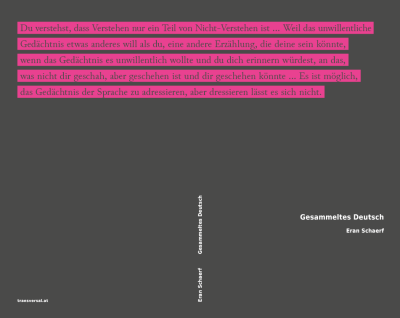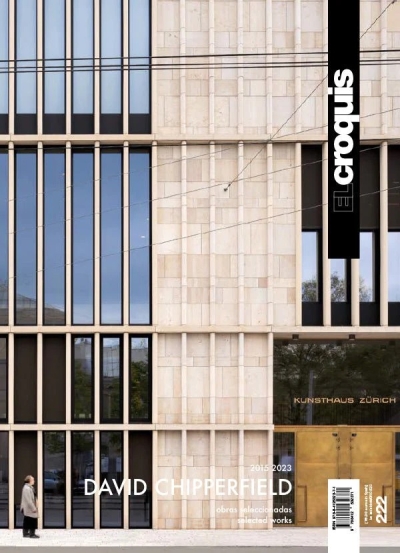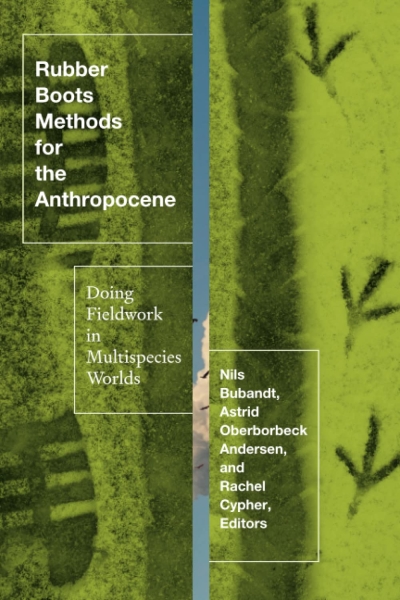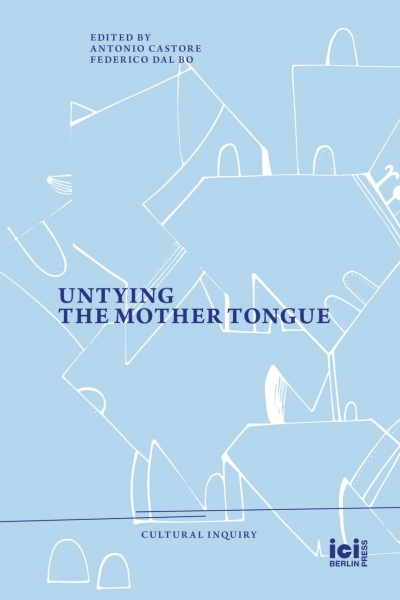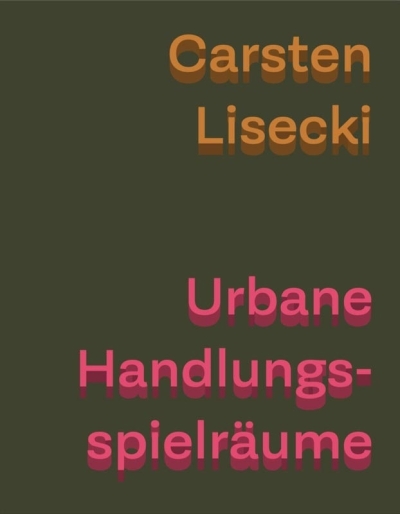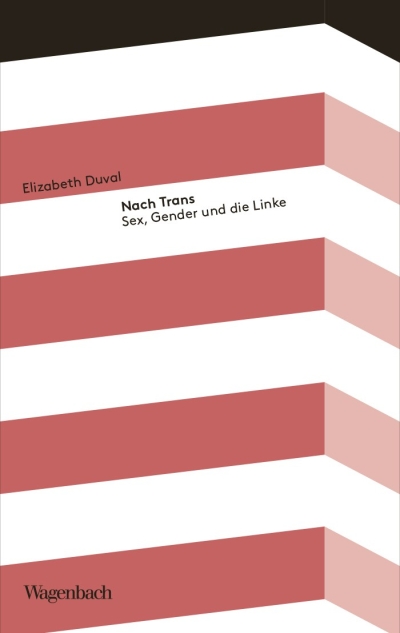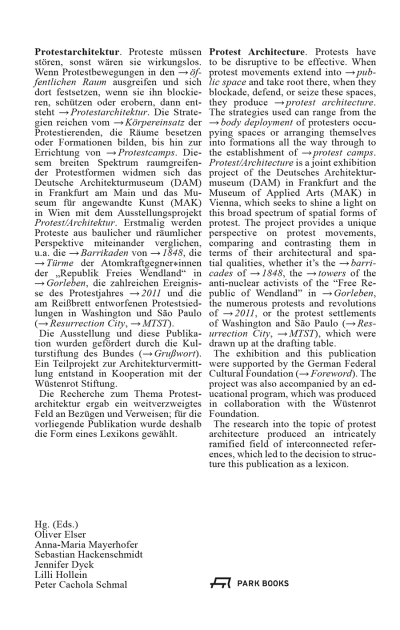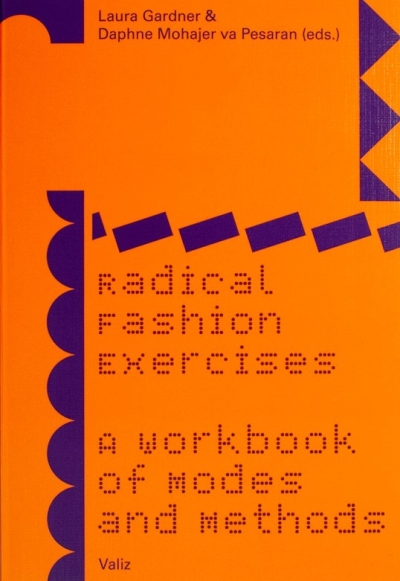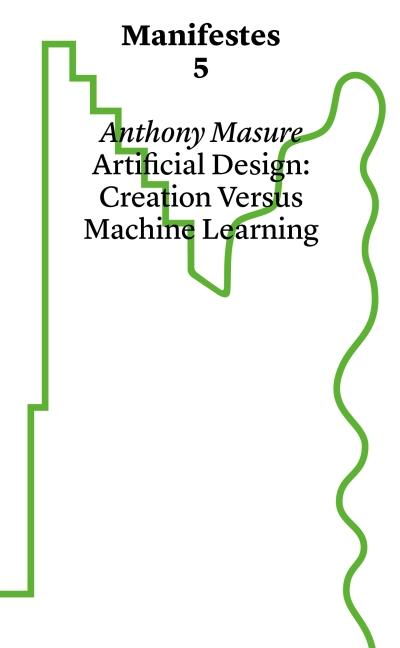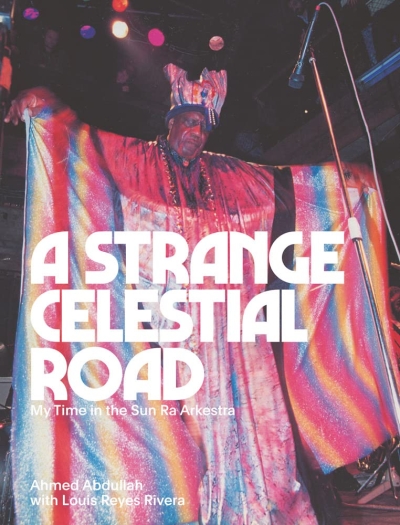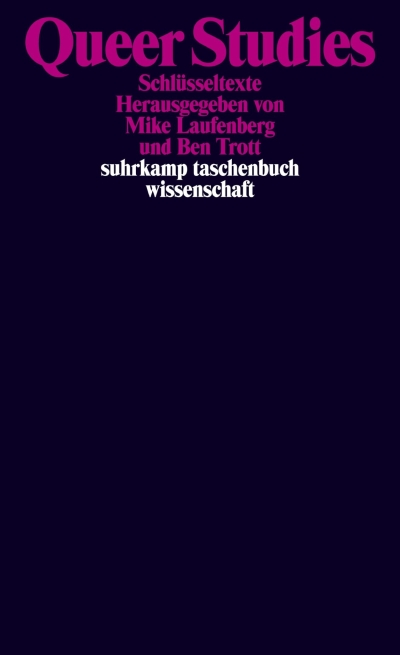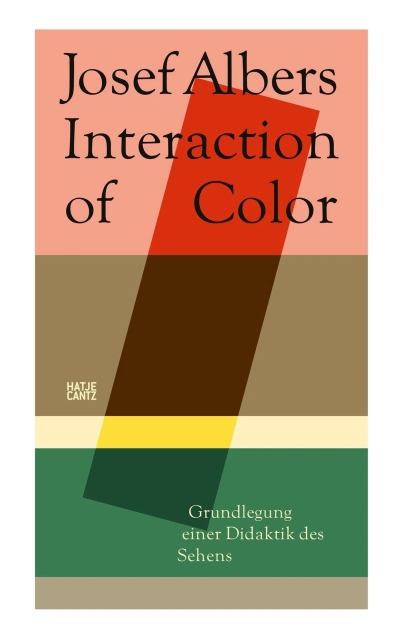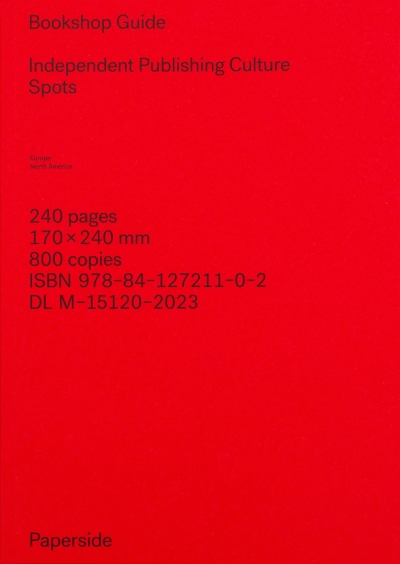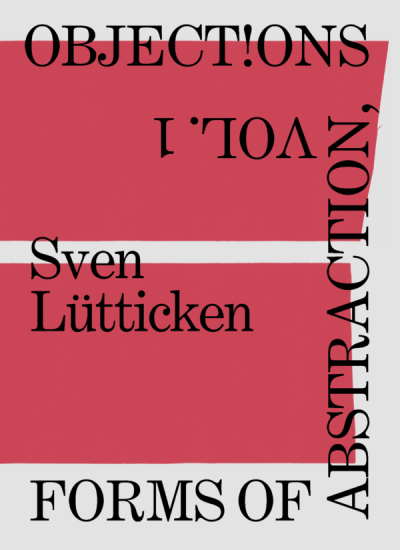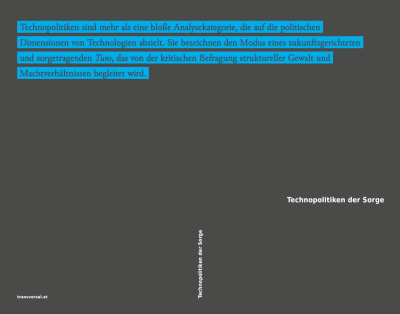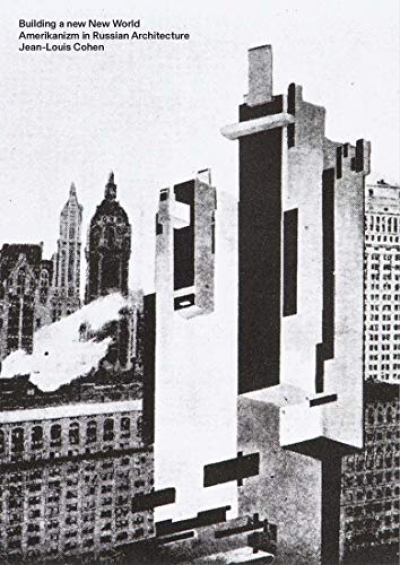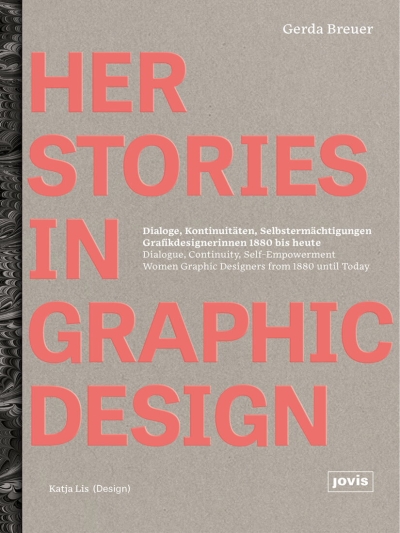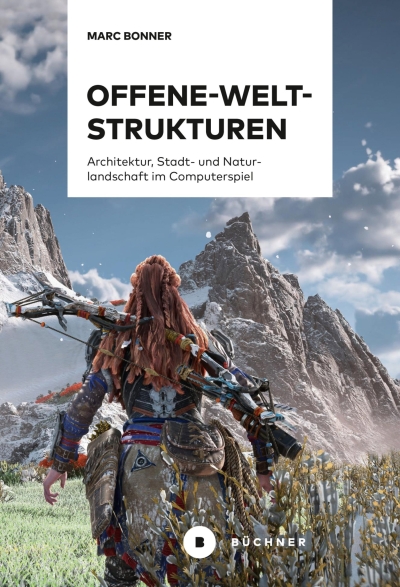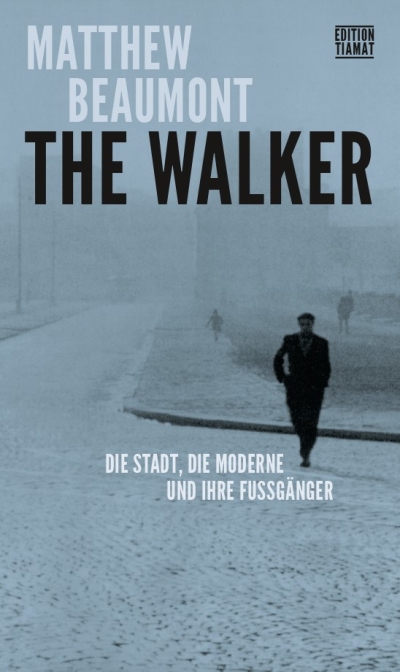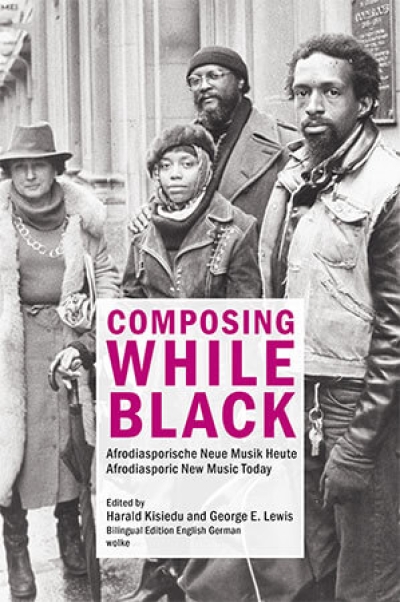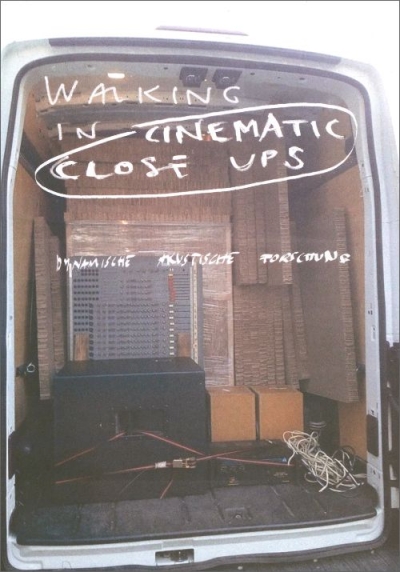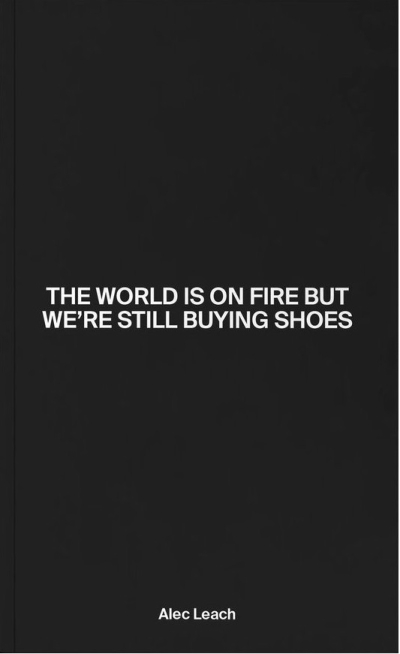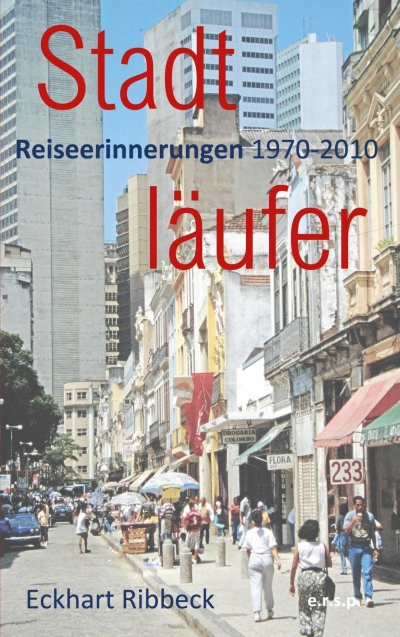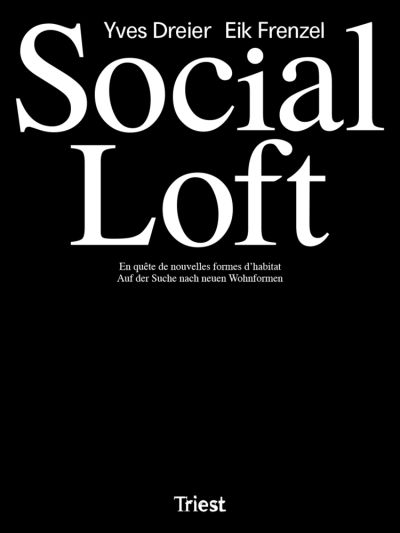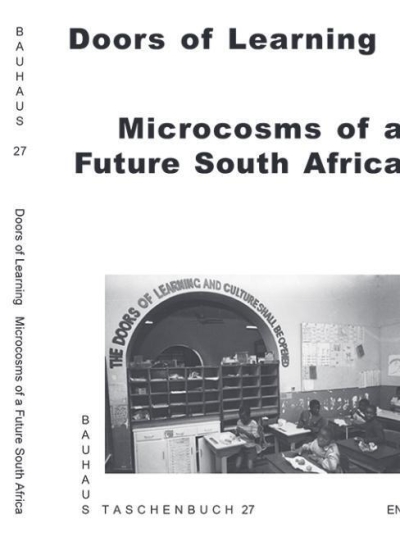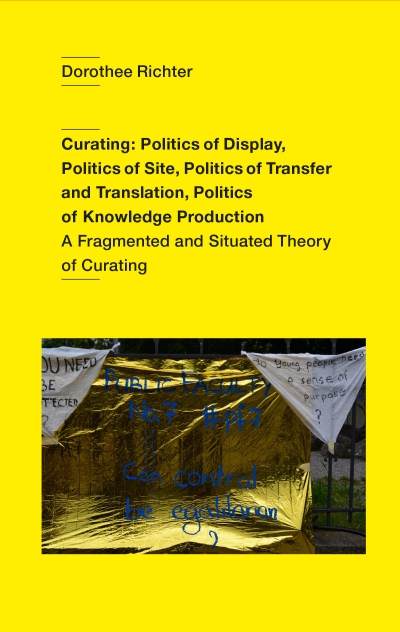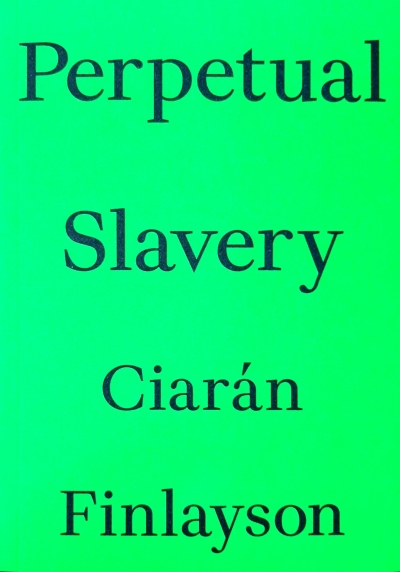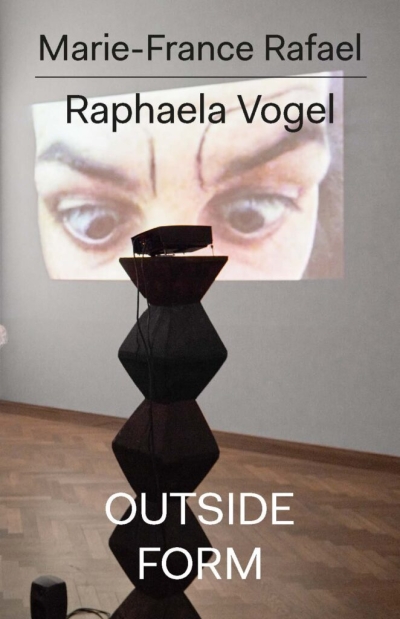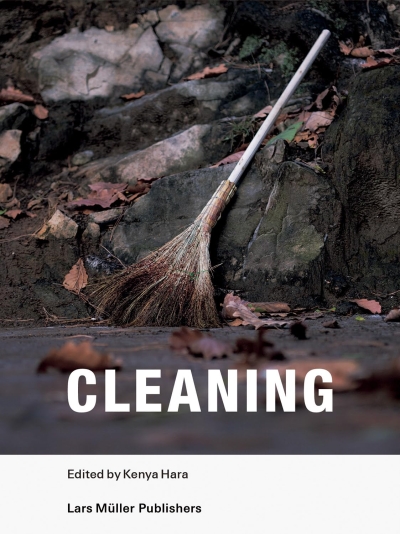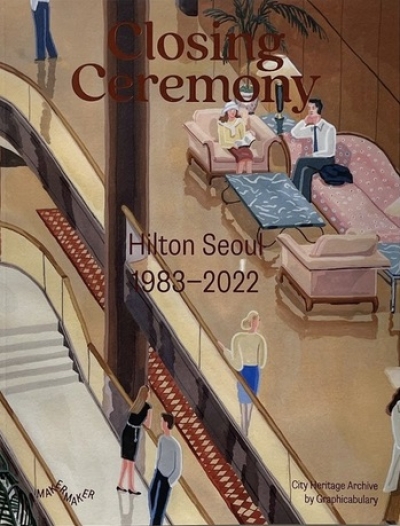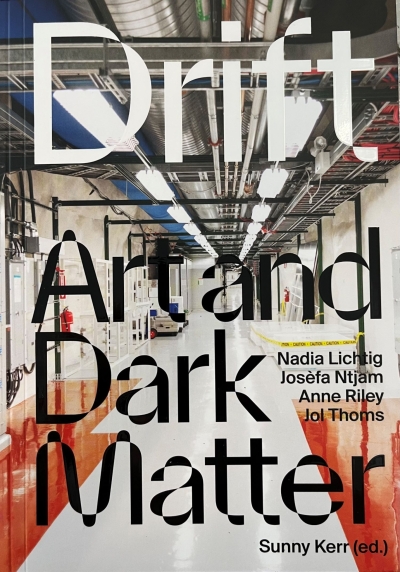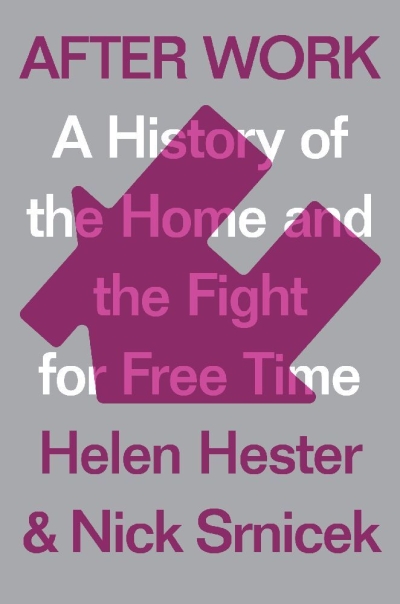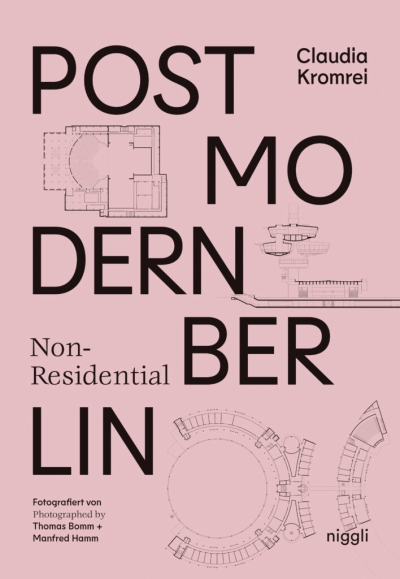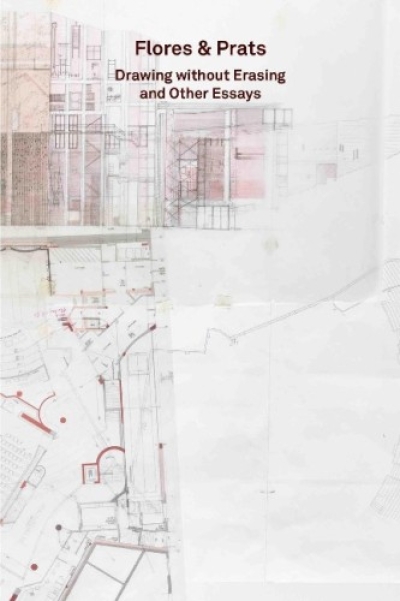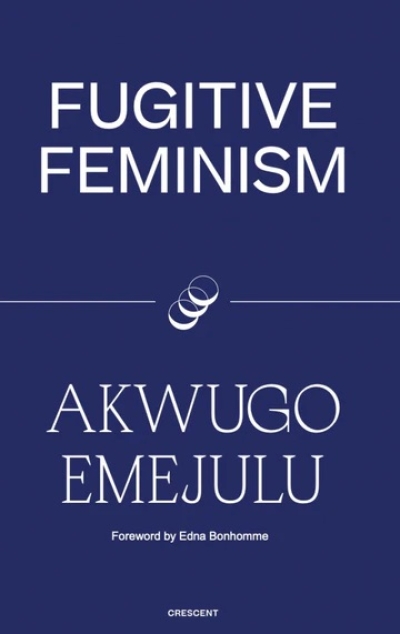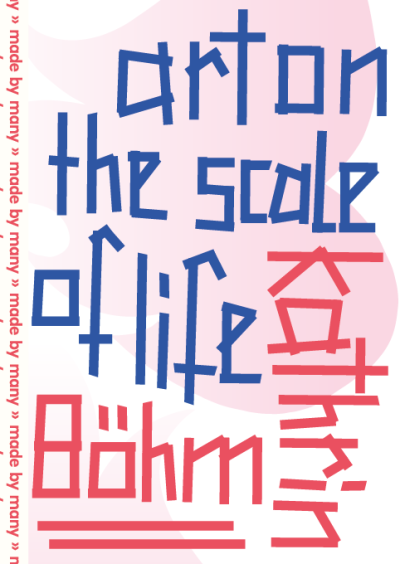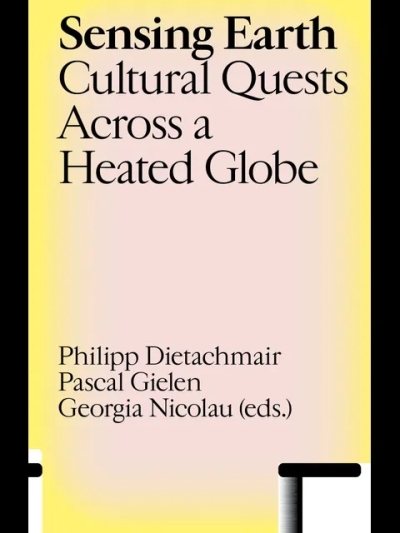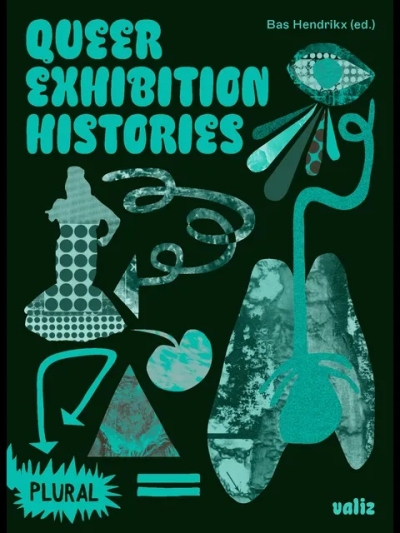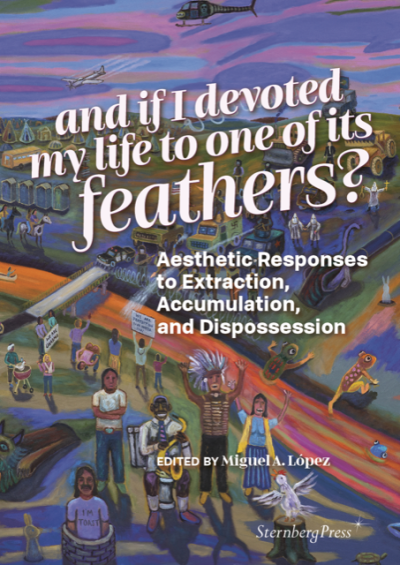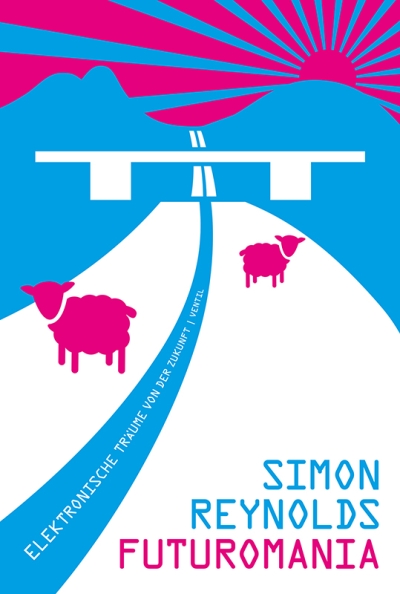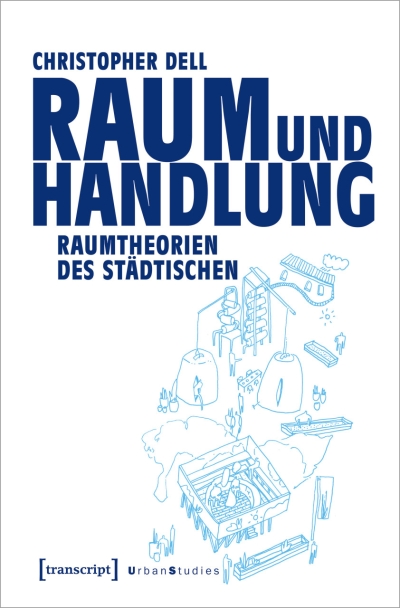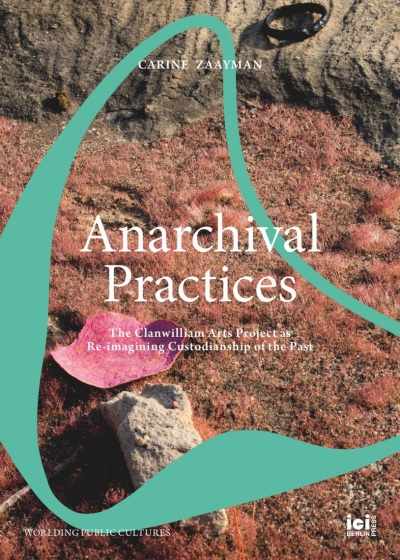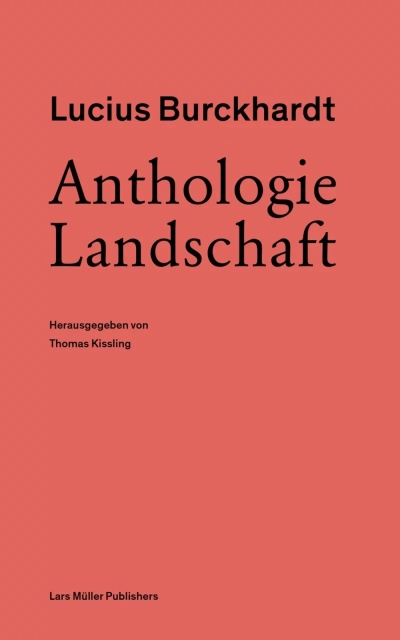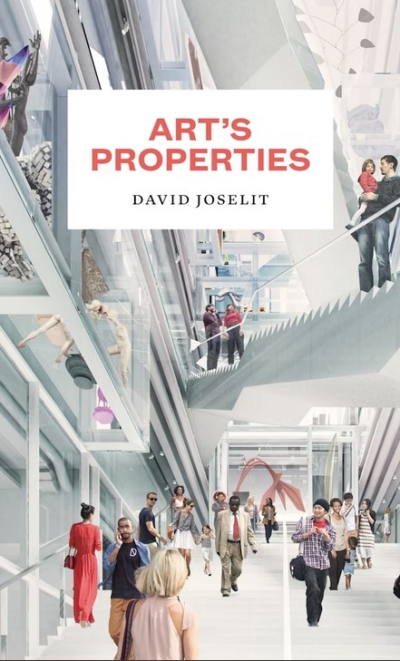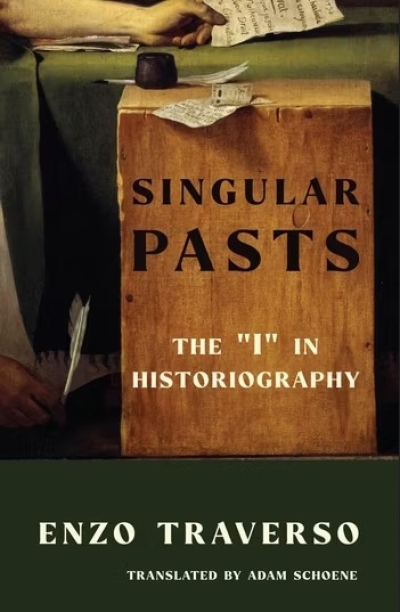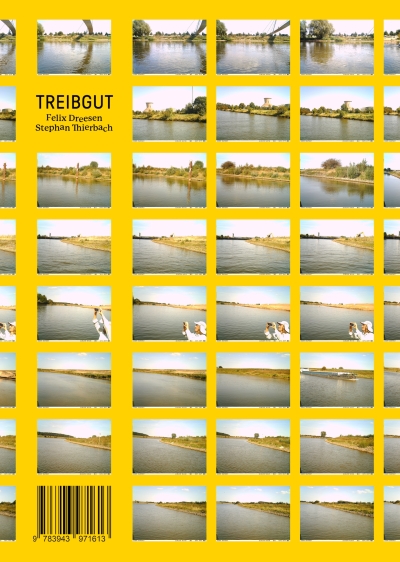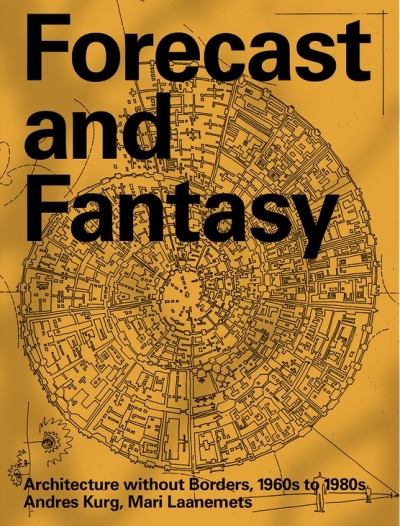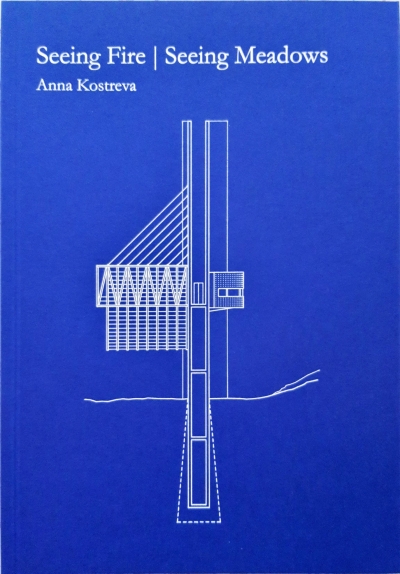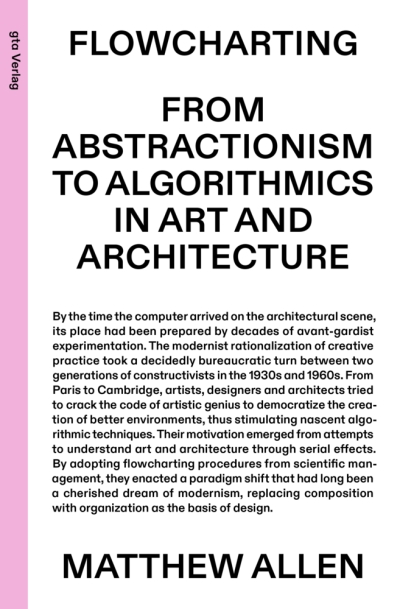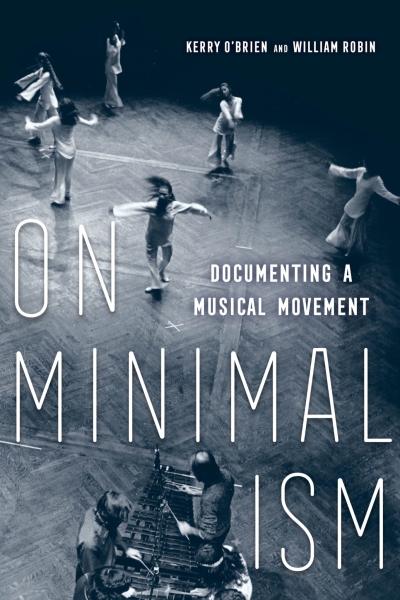
Berlin Issue
Most people know close to nothing about Berlin’s economy. The one thing everyone can agree on is the fact that the average wage of Berlin is significantly lower than any other cities in Germany, and that Berlin city government has suffered from deficit spending year after year. Truth be told, it was none other than reasonable living costs and rents that pushed Berlin to become the powerhouse of creativity. However, at this point, things are not as they used to be. Some argue that the surge of rent prices over the past few years will fundamentally change the city’s nature of cultural ecology.
Nevertheless, Berlin is still considered as one of the most desirable cities to move in for young creators. Berlin is more like a natural organic body; various forms of cultural events co-exist, and each of its districts reflects the daily life of immigrants from different parts of the world. An ever-increasing energy comes out of exhibition openings held by over 300 independent cultural organizations on a daily basis—this is not even counting events hosted by city-run museums and large art galleries. Street walls covered in posters—a process and a result of both cultural and economic activity—also reveal the lively side of Berlin.
Here are some questions that arise. How does this diagnosis reflect the reality of Berlin? Or is it just a prejudice or a superficial bias? Is there any opportunity left in Berlin? What does it mean to be Berlin? Is it still valid?
Over the past few months, we got together with different studios and their members to talk about the situation that gives rise to such questions: from those located in Kreuzberg, where most design studios are set up, to those in Charlottenburg, the richest region of the old West Berlin; and from Berlin’s iconic studios to lesser-known practices. They all shared with us rich stories about Berlin as viewed from their standpoints. It is about what has changed and what hasn’t changed, and, at the same time, expectations and worries. It’s also about preconceptions and realities.
We deeply appreciate the 14 studios’ sharing of their frank views on Berlin and their design practices. We would also like to show our gratitude to Node’s Serge Rompza and writer Madeleine Morley, who developed an interesting conversation about Berlin’s graphic design history, and Martin Conrads, who wrote an insightful text on Berlin’s poster culture. Our thanks also go out to all those who participated as contributors.
We hope this issue will help those who are curious about Berlin’s graphic design culture. In addition to detailing design practices of studios that work in the field, we also touched on other relevant issues including rent rise and gentrification. That’s why this issue’s subtitle “studio rental guide” is actually something more than mere rhetoric. Willkommen in Berlin!
CONTRIBUTORS
Büro Bum Bum
David Benski
Dinamo
Eps51
Fehras Publishing Practices
FM Aussenwerbung
Ham Minjoo
Kim Jungyun
Kulturplakatierung
Madeleine Morley
Martin Conrads
preggnant
Rimini Berlin
Ruohan Wang
Schick Toikka
Serge Rompza (NODE)
Stahl R
Studio Pandan
Studio Santiago da Silva
Studio Yukiko
Planned, Edit & designed by
Bernd Grether, Kim Young Sam, Lee Aram, Shin Dokho
